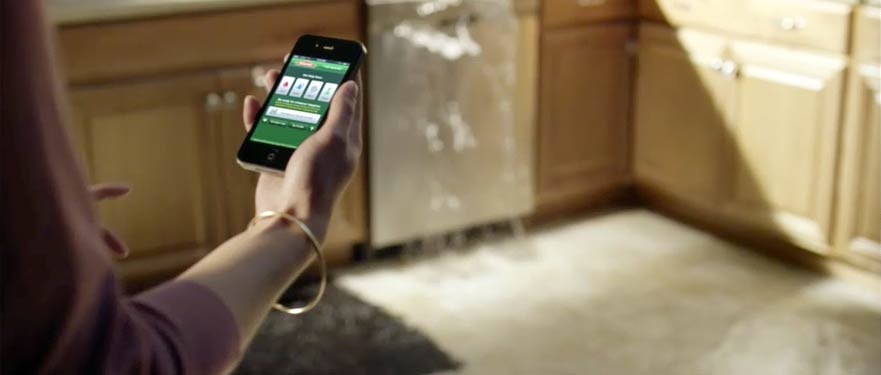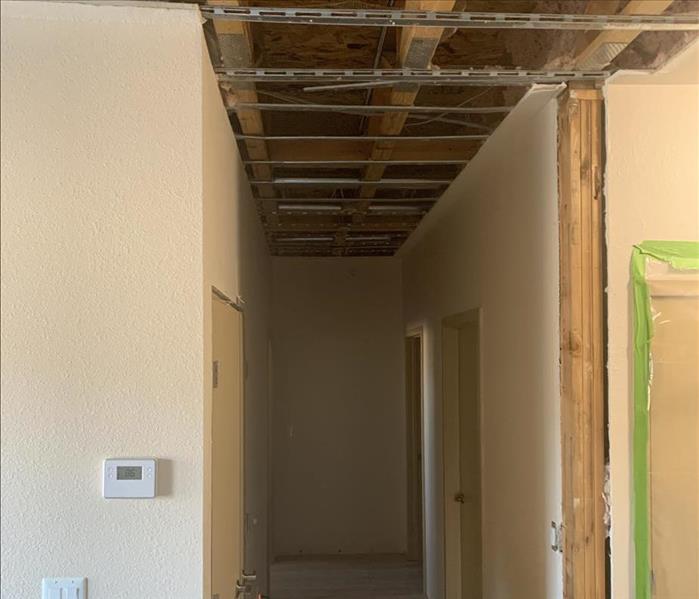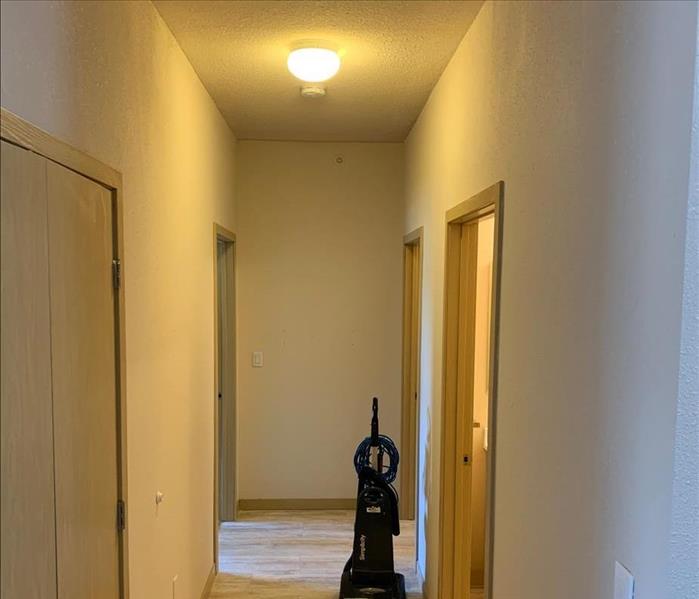
Water Damage Emergency Tips
What you can do until help arrives
Water Tips | Fire Tips | Biohazard Tips | Mold Tips
When your home or business has water damage, it is important to act as fast as possible to keep the damage from getting worse. The nature of water is that it will always seek equilibrium, which means it will move from “wet to dry” until it finally settles. Water will travel under flooring, spread to the walls, and then wick up the walls affected the wall cavity, insulation, and framing.
After water damage, always inspect the following locations for water damage:
- Drywall
- Plaster
- Insulation
- Wood
- Framing
- Floor Coverings
- Electrical Wiring
- Pipes
- Appliances
Our technicians usually arrive onsite within an hour of getting your phone call. Until we get there, there are some helpful “To Do’s” and even more importantly “Not To Do’s” to keep your property and its occupants safe. Before you dive into water damage restoration, be aware of the types of water that may be in your home. In addition, see a few water damage restoration tips below.
Our 19,000 square foot state-of-the-art facility is centrally located and we service Shakopee, Savage, Prior Lake, as well as many of the surrounding areas near Scott County and Carver County.
Have A Water Damage Emergency? Call (952) 403-1050
What To Do After Flooding
- Remove excess water by mopping and blotting.
- Wipe excess water from wood furniture after removal of lamps and tabletop items.
- Remove and prop wet upholstery and cushions.
- Place aluminum foil or wood blocks between furniture legs and wet carpeting.
- Turn air conditioning on for maximum drying in summer.
- Remove colored rugs from wet carpeting.
- Remove art objects to a safe, dry place.
- Gather loose items from floors.
What NOT To Do After Flooding
- Don't leave wet fabrics in place. Hang furs and leather goods.
- Don't leave books, magazines or other colored items on wet carpet or floors.
- Don't use your household vacuum to remove water.
- Don't use television or other household appliances.
- Don't turn on ceiling fixtures if ceiling is wet, and keep out of rooms where ceilings are sagging.



 24/7 Emergency Service
24/7 Emergency Service




